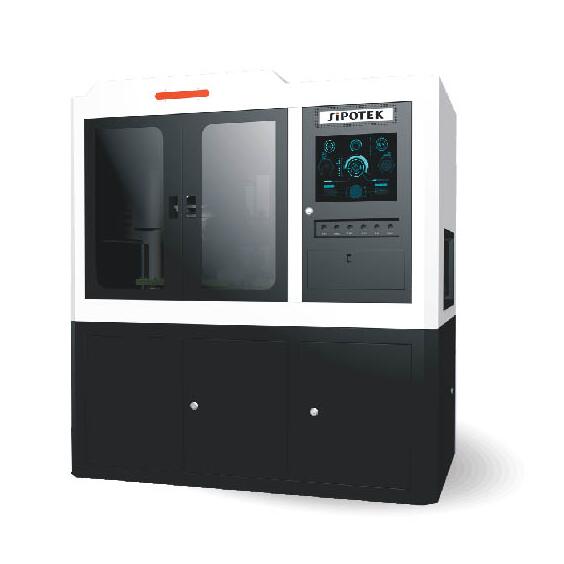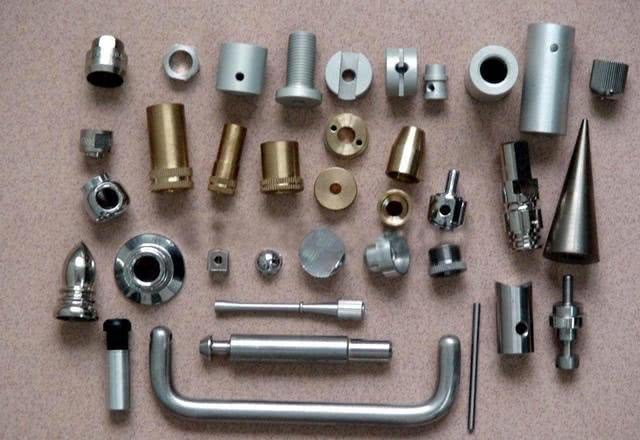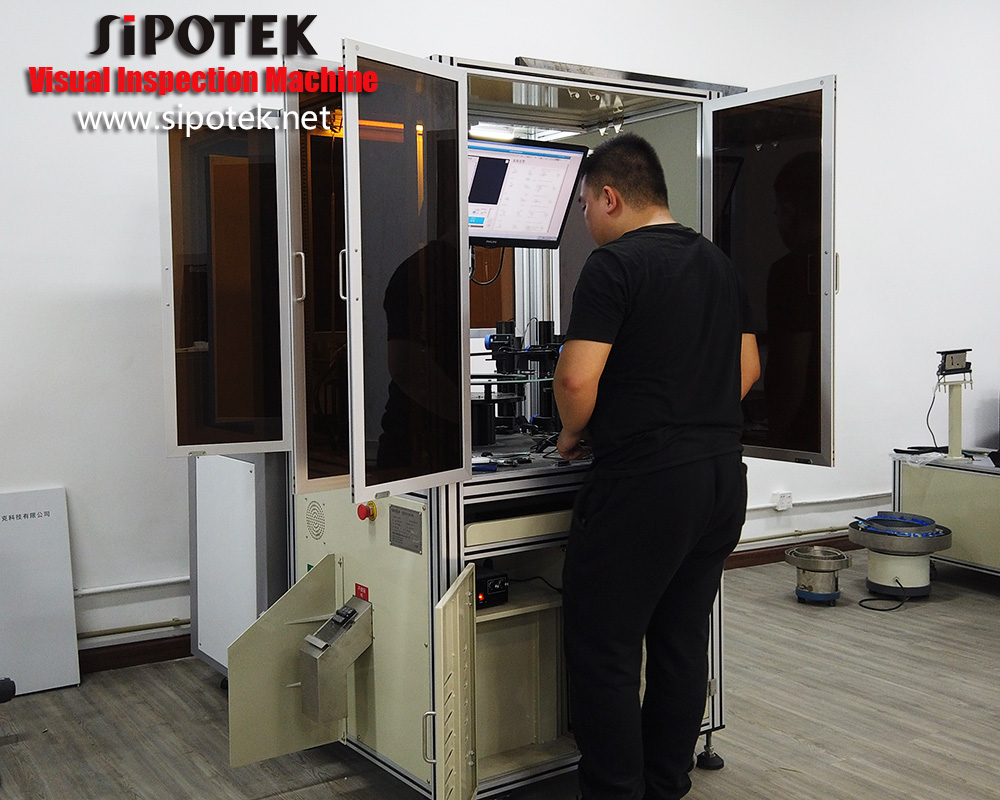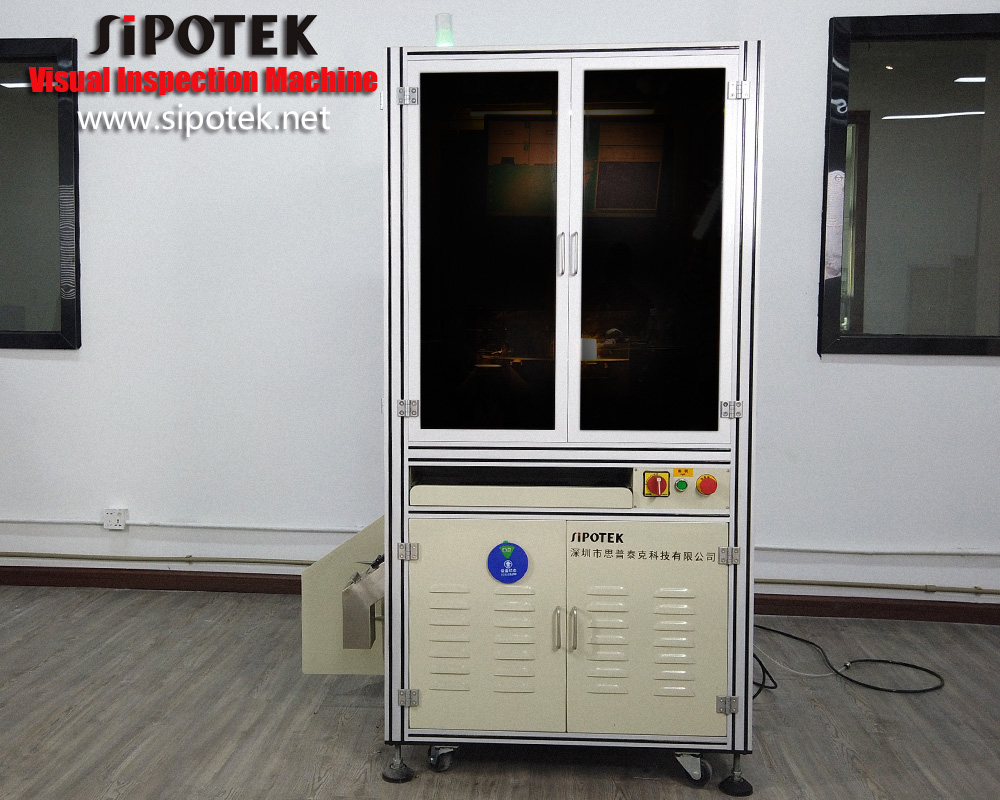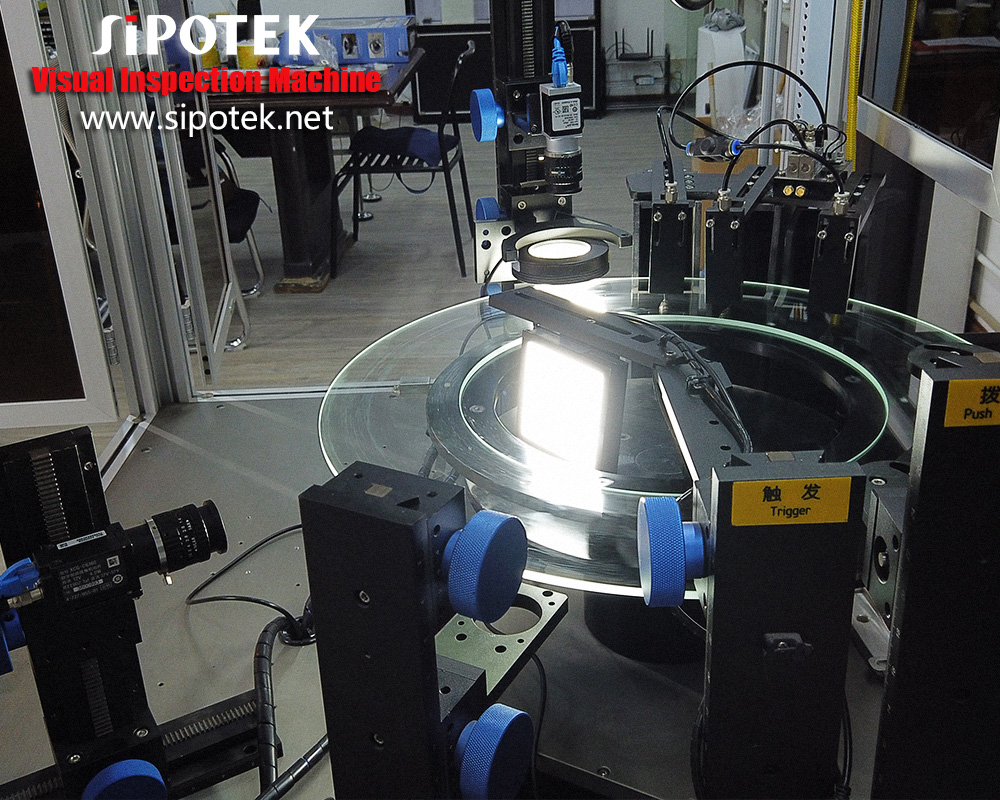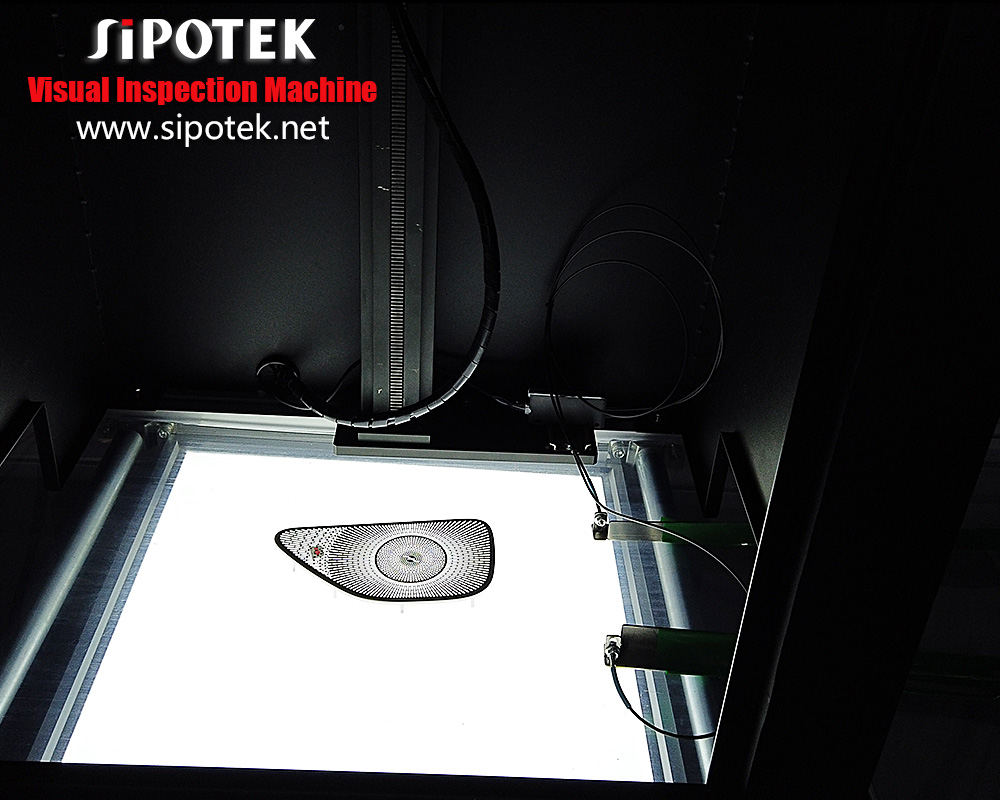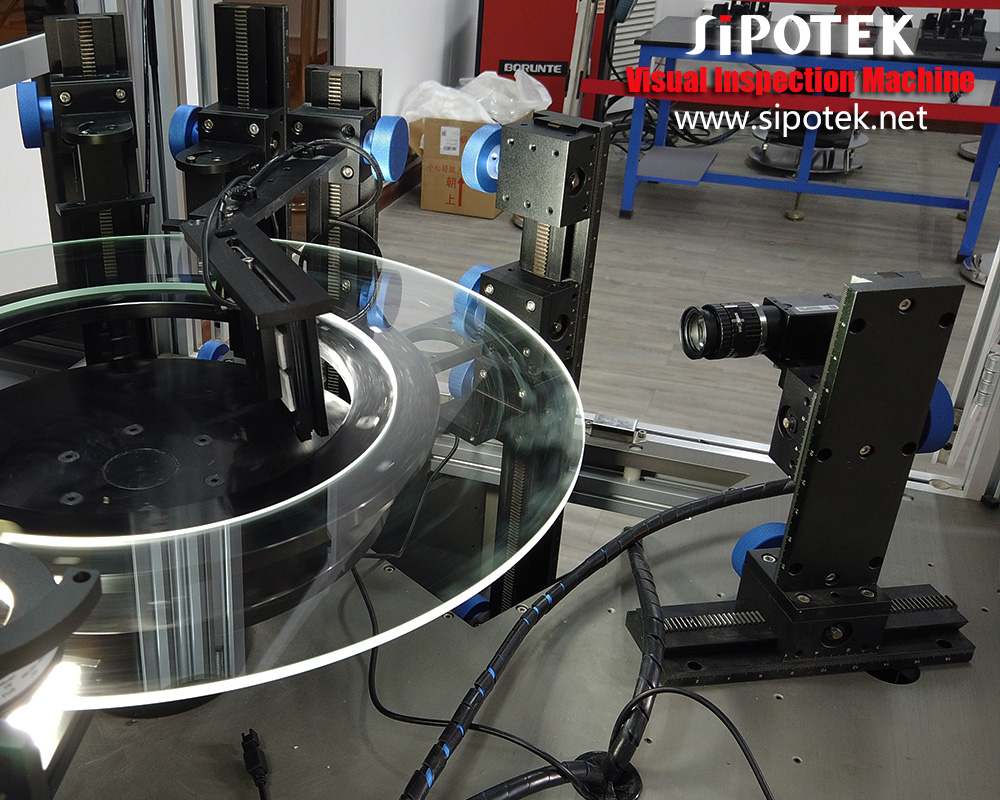Automated optical inspection is an automated visual inspection of printed circuit board manufacture where a camera autonomously scans the device under test for both catastrophic failure and quality defects. It is commonly used in the manufacturing process because it is a non-contact test method.
Automatic or automated optical inspection, AOI, is a key technique used in the manufacture and test of electronics printed circuit boards, PCBs. Automatic optical inspection, AOI machine enables fast and accurate inspection of electronics assemblies and in particular PCBs to ensure that the quality of product leaving the production line is high and the items are built correctly and without manufacturing faults.
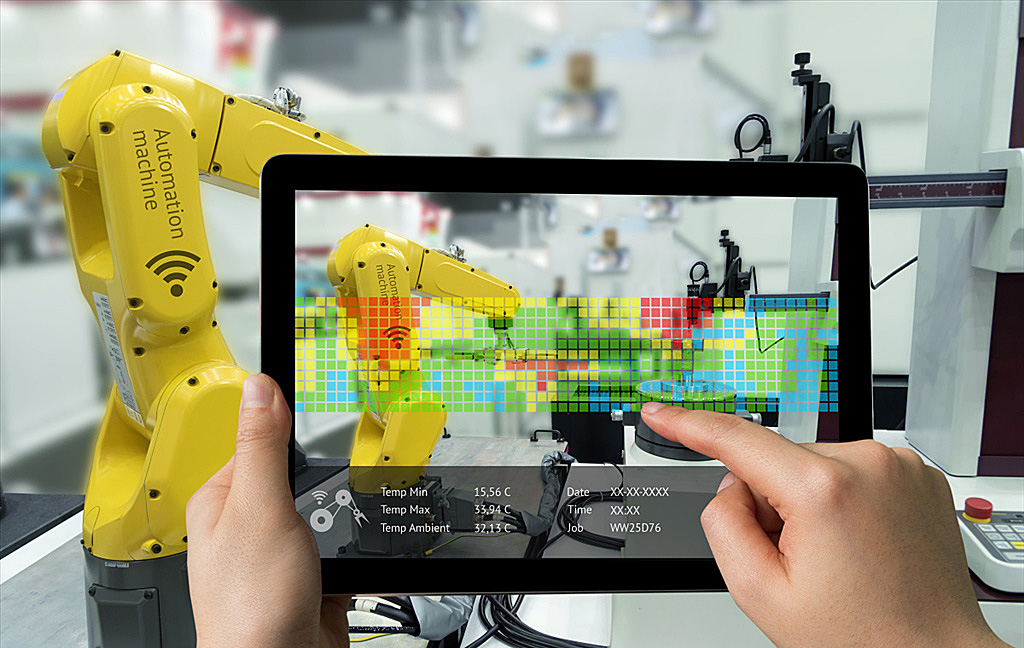
When analyzing an image of a circuit, during automatic optical inspection, the AOI system seeks for different specific parameters: component positions, internal markers, component sizes, label templates (e.g. barcodes), reflectivity and color of the background, etc. The AOI system also inspects the welded joints to make sure that they indicate that the joints are in good condition.
Now, when analyzing printed circuit boards, the AOI system must take into account many distinctions between printed circuit boards. Not only do the components differ significantly in color, but also in terms of reflectivity and size. There are also often differences in screen printing in which the thickness of the ink and the type of color may change slightly.
Light source for AOI
Lighting is an important aspect of the AOI system. By selecting the precise light source, the different types of defects can be detected more easily. Thanks to advances in lighting technology in recent years, it has allowed us to use lighting to improve the images available and, therefore, to more easily highlight the defects, which reduced necessary treatment, as well as increment in speed and accuracy.
Many AOI systems have a lighting package well defined. This will depend on the operational needs and the types of products to be tested. These were generally optimized for the expected conditions. However, sometimes personalization and understanding of lighting can be useful.
Various types of available lighting:
Fluorescent lighting: Fluorescent lighting is now widely used for applications using automated optical inspection machine as it provides an effective form of illumination for fault display on printed circuit boards. The main problem with fluorescent lamps for AOI applications is that they decompose over time. This means that the automated optical inspection system will be subject to changes in light levels and quality.
LED Lighting: LED lighting production has allowed AOI’s automated optical control systems to adopt a more stable form of lighting. Although light-emitting diode illumination over time causes a reduction in light output, this increase can be compensated by an increase in current. Through the use of LED lighting, you can also control the level of lighting. LEDs therefore have much more satisfactory lighting than fluorescent or incandescent lamps used in the past.
Infrared or Ultraviolet: In some situations, it is possible that infrared lamps or ultraviolet may be needed to improve certain defects or to allow automatic optical control to detect certain types of defects.
In addition to the form of lighting, it is also important to position the lighting for an automatic optical control system, AOI. Light sources should be positioned not only so that all areas are well lit, which is especially important when some components can cast shadows, but also expose faults. For different devices, careful adjustment may be required.
To test a printed circuit assembly using AOI, an automatic optical control, the details of an acceptable array must be stored in the system. This programming task must be correctly performed if the AOI system is designed to correctly detect any printed circuit errors.
To know more about automated optical inspection machine,you can pay a visit to http://www.sipotek.net/what-is-automated-optical-inspection-machine/ to know more about it.
Sipotek has created a wide range of optical inspection systems, which you can consult on its website. The automated systems of optical inspection of Sipotek can be located in the manufacturing line of any company since it is not required to change software or hardware in this equipment, which means that it will last for many years
About Shenzhen Sipotek Technology Co., Ltd
Started in 2002, Sipotek Technology is located in Shenzhen in China. The company designs and manufactures visual inspection systems with its avant-garde R&D department and a great experience in artificial vision technologies. The Sipotek Technology staff supports customers 360 degrees, from listening to their requests to the development of ambitious machines for quality control.

For Inquiries:
Contact Person: James Yuan
Company: Shenzhen Sipotek Technology Co., Ltd
Tel: 86-755-36994123
Email: [email protected]
Website: http://www.sipotek.net/applications/




